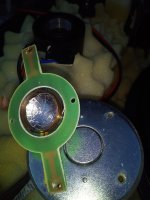"Bad impact" on sound quality by "XO and time discontinuity" is a myth. Also, some coaxials can have perfect impulse response (no time discontinuity) with adequate passive crossover.Except for the XO and (unless you use DSP, the time discontinuity. Also tend to be much pricier.
dave
Visaton B200 is pricier than many coaxials (including the crossover).
Bad impact" on sound quality by "XO and time discontinuity" is a myth
It is a compromise. And it certainly has an impact.
If the compromise is good for your taste, then fine.
Not something i am fond of.
Visaton B200 is pricier than many coaxials (including the crossover
Quality vrs quantity?
dave
LTS 50 is an old thing, but I had no need for it until recently. I got it locally for 25 eur a bottle. There is plenty for multiple speakers. I don't know if it's the same coating they treat paper speakers at the factory. Regarding those old Dynaudio 28AF tweeters, I asked Visaton if it could be used on the silk dome dome tweeters. They replied that they did not know, but that it probably could. Of course I tried it right away. 😏 The coating itself is very thin, dries quickly, and probably only adds a few mg to the weight of such a small membrane. It smells similar to white wood glue.@NIXIE62
Look here
https://www.diyaudio.com/community/...vers-ff125wk-and-fe103sol.390479/post-7347325
And my post 11 in this thread.
For tweeters like textile domes or mylar I used very thin aluminum foil from the gold Smith called "beaten metal"
Here I realized a tweeter with a diy sandwich structure "alu-mylar-alu"
https://www.diyaudio.com/community/threads/tuning-tweaking-of-bp-115-a.375464/post-7403173

Here I realized a tweeter with a diy sandwich structure "alu-mylar-alu"
https://www.diyaudio.com/community/threads/tuning-tweaking-of-bp-115-a.375464/post-7403173
Attachments
I have dissolved white PVA glue (the non crystaline one) in water to bring the viscosity close to that of LTS 50. I treated two cheap 4" paper cones one with LTS 50 the other with the PVA.LTS 50 is an old thing, but I had no need for it until recently. I got it locally for 25 eur a bottle. There is plenty for multiple speakers. I don't know if it's the same coating they treat paper speakers at the factory. Regarding those old Dynaudio 28AF tweeters, I asked Visaton if it could be used on the silk dome dome tweeters. They replied that they did not know, but that it probably could. Of course I tried it right away. 😏 The coating itself is very thin, dries quickly, and probably only adds a few mg to the weight of such a small membrane. It smells similar to white wood glue.
Treatments behaved the same during application and after drying. The two cones sounded the same.
I did the same on 8" paper woofers. Cone break up effect at higher freq was tamed to the same level with both treatments.
I use the home made one eversince (a decade+)
George
edit. For the B200, I have done Dave's wood phase plug mod and works great.
Also two coatings of shellac on the cone (one at the front, one at the rear surface).
A passive notch filter (0.645mH air core //14.7 Ohm) in series to the speaker.
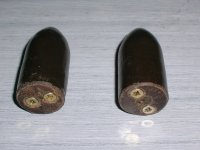
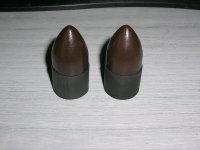

Last edited by a moderator:
I remember we used water thinned white PVA glue on cheap paper drivers back in the 80's. It didn't look very nice to me, but it had an effect on the sound. It was a long time ago. The LTS 50 looks a lot better aesthetically.
It is a compromise. And it certainly has an impact.
Please show us science paper which back up your assertion.
Quality vrs quantity?
Please show us science paper which back up your assertion.
I strongly suggest to leave any tweeter alone.
The factory applied damping material is at least double the weight of the naked Silk.
If one applies another layer of damping material it will probably add another doubling of weight. It might sound smoother but you loose the airiness of good tweeters.
Better to obtain a burnt unit and experiment with different agents to find out what softens the coating.
The factory applied damping material is at least double the weight of the naked Silk.
If one applies another layer of damping material it will probably add another doubling of weight. It might sound smoother but you loose the airiness of good tweeters.
Better to obtain a burnt unit and experiment with different agents to find out what softens the coating.
I had to, it's an old dome driver from the 80s. The membrane has become practically semi-permeable. Probably the old coating has dried and started to fall off slowly. These newer Dynaudio domes tend to shrink and warp. These old ones are different, thicker diaphragms I think.
@gpapag
Here some more diffusers for cones or tweeter
https://www.diyaudio.com/community/...f-axis-and-comb-filtering.404083/post-7473914
Here some more diffusers for cones or tweeter
https://www.diyaudio.com/community/...f-axis-and-comb-filtering.404083/post-7473914
used water thinned white PVA glue on cheap paper drivers back in the 80's. It didn't look very nice
ModPodge needs a bit of thinning. Important to not use too much.
I like what it does to the looks. Especially if i add some colour to the PVA… balck cones are not really black.
dave
Please show us science paper which back up your assertion.
Look at the impulse of almost any coax with a passive XO.
KEF LS50 Meta for example:
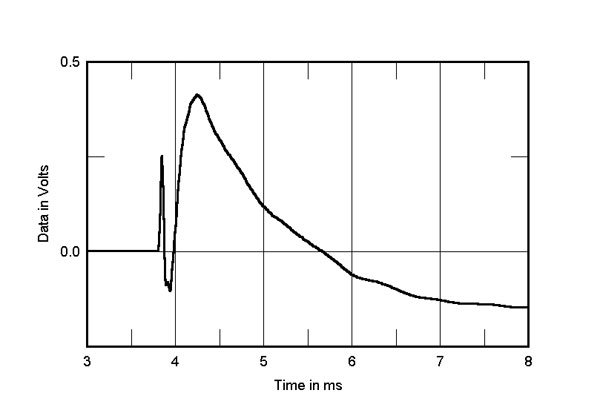
Often the XO also creates a kinda ugly impedance response:
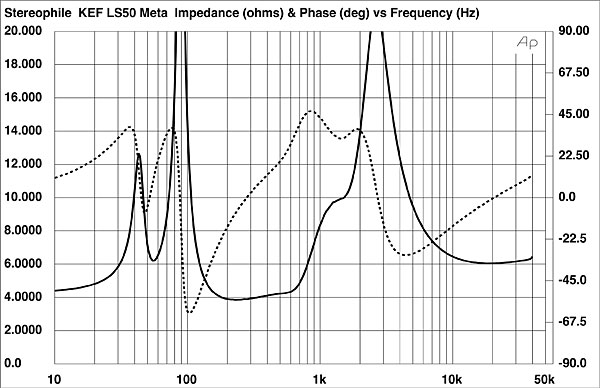
If you can live with those compromises fine for you. Not something i like to see.
dave
interesting observations.Hi gang.
A guy in the German Visaton Forum did a mod to the Visaton BG20 that is worth sharing here.
Maybe it has been covered but I did not find it with the search engine.
The basic mods like additional magnet on the back, basket damping and felt rings in the center of the voice coil suppose to benefit the BG20 allot but
this mod seems to make the biggest upgrade to the unit:
Applying Dekalin a visco elastic sticky sealing paste onto the ridges of the surround exhibit the following measured results.
First photo is the stock unit
Second with only the inner ridge treated
Third with two ridges treated
View attachment 1262503
Do you use this one ?
https://dekalin.de/produkt/541/
Maybe this could be even the right step to remove or at least reduce the problem from Fostex' FE206EN describes in post #1 under
https://www.diyaudio.com/community/...ponse-peaks-above-1000hz-due-to-aging.380031/
check also this URL:
https://web.archive.org/web/2019102...chassiszubehoer/breitband-systeme/bg-20-8-ohm
Attachments
Maybe this could be even the right step to remove or at least reduce the problem from Fostex' FE206EN describes in post #1 under
”the peak between 2500Hz and 3200Hz"
the coating of slightly diluted MoidPodge does do that at least a bit.
dave
Look at the impulse of almost any coax with a passive XO.
KEF LS50 Meta for example:

Often the XO also creates a kinda ugly impedance response:

If you can live with those compromises fine for you. Not something i like to see.
dave
I asked you to show us science paper which back up your assertion that fullrange has better sound quality than coaxial. Your answer is a pure "straw man argument" - you posted a picture of measured step response of coaxial. So what? Where is the proof of your assertion that fullrange has better sound quality than coaxial?
The same for the picture of impedance of coaxial loudspeaker - "a kinda ugly response" is not a science proof. Yes, I can live with that impedance response. And I can linearize it with single RLC "conjugate loading" at about 2 kHz - to stop hurting your eyes.
This is the measured impedance of single fullrange driver Voxativ Ampeggio in Stereophile https://www.stereophile.com/content/voxativ-ampeggio-loudspeaker-measurements:
Can you live with this horrible impedance? To tell the truth, I can't live with this ugly impedance, I can't live with this compromise.
I just can tell as a fullrange fan that a well made coaxial can give acoustically same results.
In a listening test a comparison between coaxial and fullrange system showed no audible difference.
This was a subjective listening test.
Often not well designed multi ways have no chance against a well made fullrange box. (bad multi ways can sound phasey and coloured if not really linear frequency response). My fullrange designs have good sandwich cones and are DSPed to the point.
But if it's well made the differences are minimal or non existent.
So I always respect the many ways to good sound.
In a listening test a comparison between coaxial and fullrange system showed no audible difference.
This was a subjective listening test.
Often not well designed multi ways have no chance against a well made fullrange box. (bad multi ways can sound phasey and coloured if not really linear frequency response). My fullrange designs have good sandwich cones and are DSPed to the point.
But if it's well made the differences are minimal or non existent.
So I always respect the many ways to good sound.
Not well designed multi ways have no chance against anything well designed. 😏
Fullrange drivers are generally considered to be inferior to a multi way.
Only for headphones and televisions fullranges dominate the scene
Only for headphones and televisions fullranges dominate the scene
- Home
- Loudspeakers
- Full Range
- Visaton BG20 impressive mod
